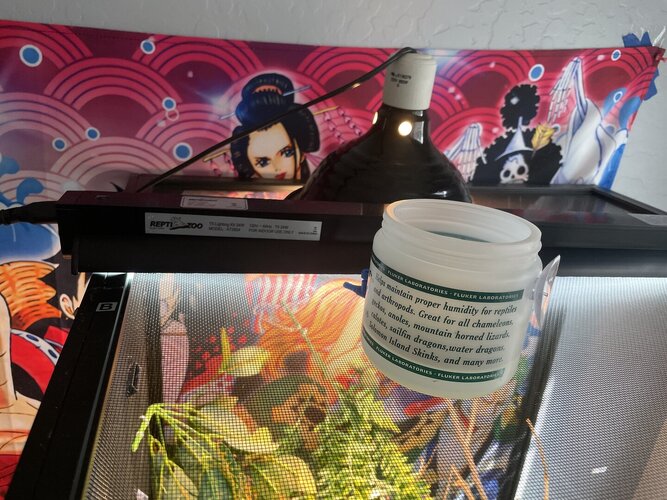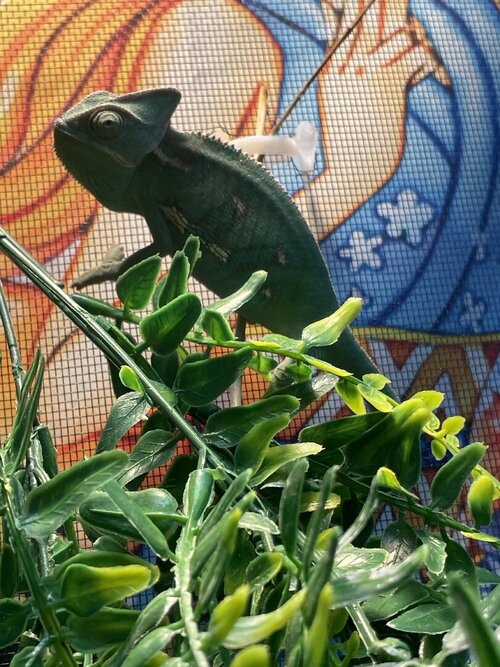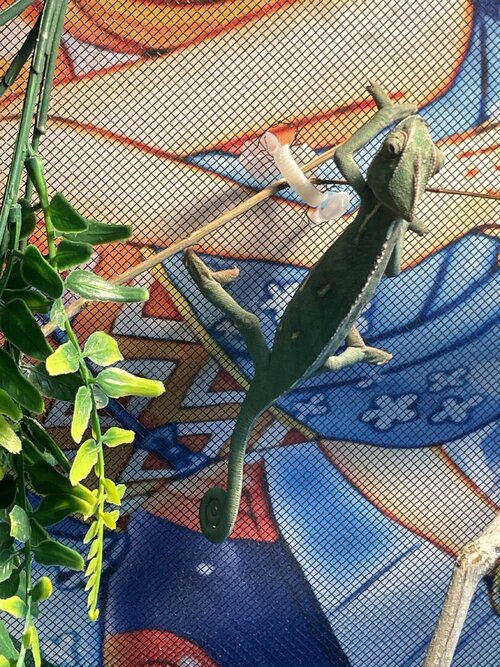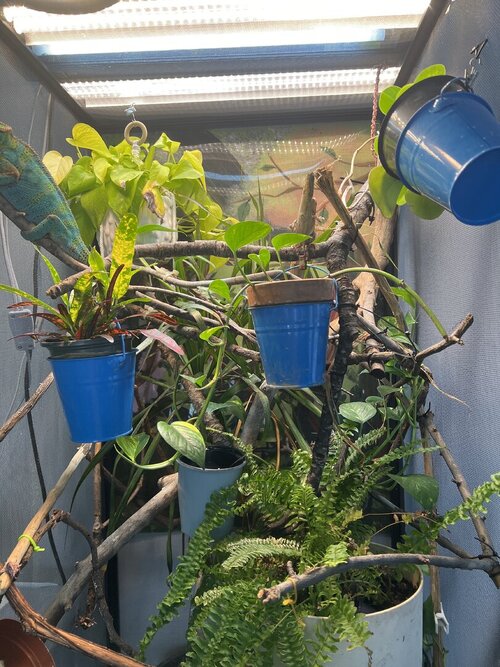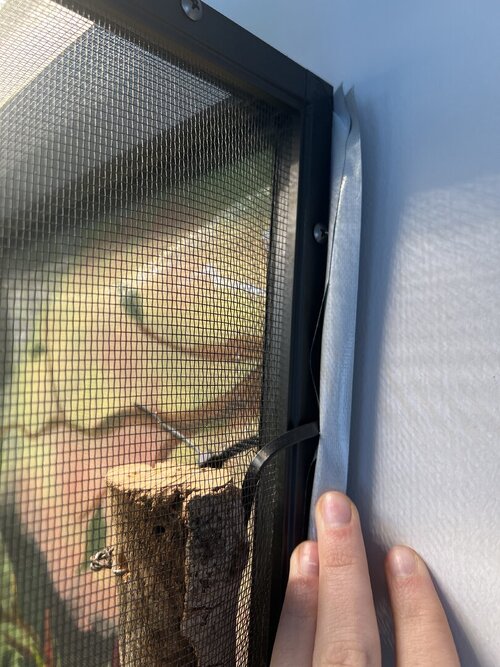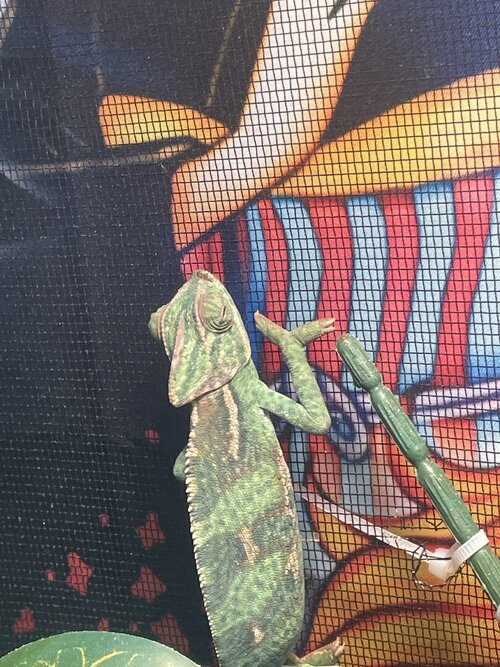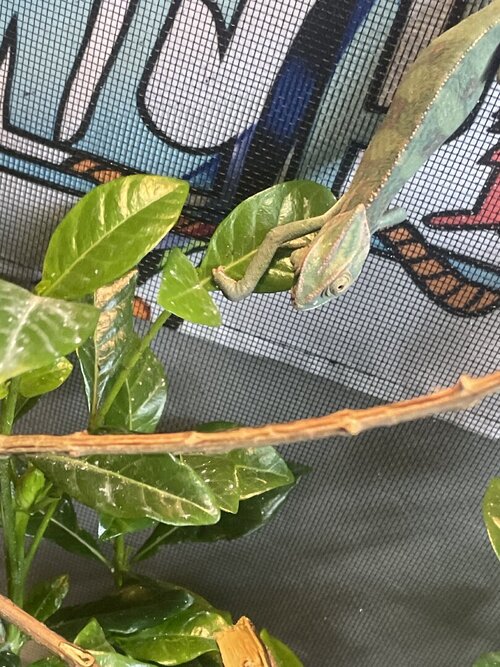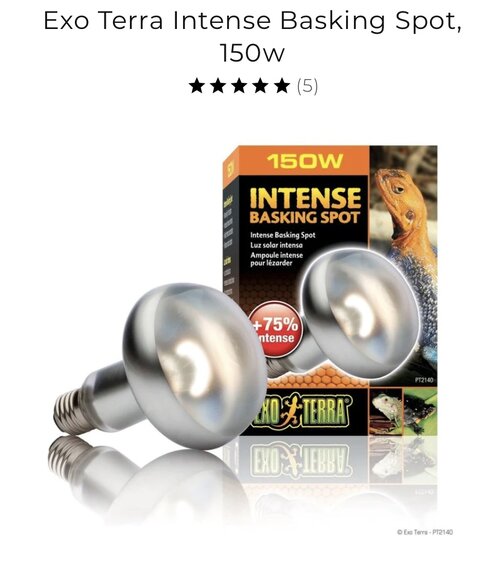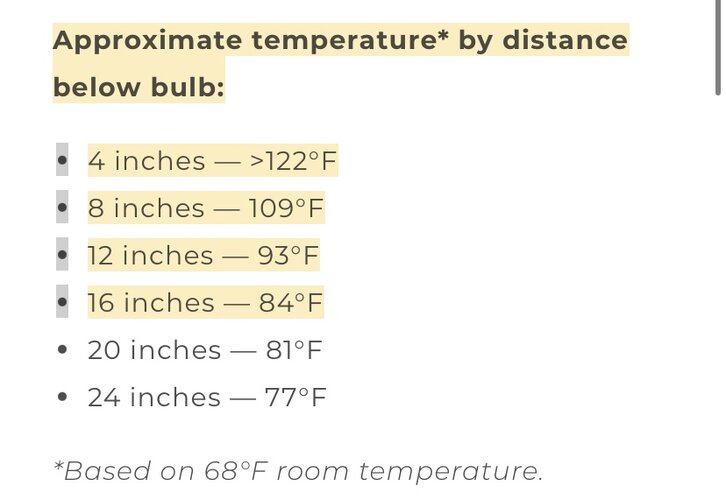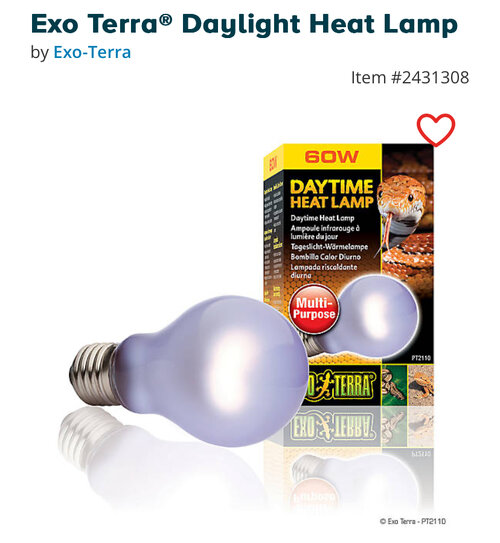yungzerk
Chameleon Enthusiast
i recently just bought a veiled chameleon about a month ago, he’s been doing super good with all the correct lights and humidity (cage size etc..). He’s been eating super good and is very active but recently i noticed he closes his eyes for a couple of minutes during the daytime, is it something i should be worried about? or do you think it’s cause he’s still semi new and only about 3 months old





